What is fabric wallpaper?
Fabric wallpaper is a roll material for interior decoration, which includes several layers. The front side of such a canvas is a fabric such as linen, polyester, jute or cotton. The composition of textile wallpaper can include paper, non-woven fabrics or non-woven fabric. Previously, such products were called damask and decorated the walls in houses during the Empire, Baroque and Classicism times.
Features and characteristics
Some features and characteristics of textile wallpaper:
- In terms of dimensions, the roll can have a standard width from 0.53 to 1.2 m or be seamless, while its dimensions are 3 m wide and up to 50 m long.
- The service life of these fabrics is 10 years, models made from natural materials can last from 5 to 7 years.
- For painting, models made of artificial fabric, polyester or jute are most often used.
- When purchasing fabric wallpaper, you need to pay attention to the symbols on the roll.
Pros and cons
The main advantages and disadvantages of fabric models.
| pros | Minuses |
|---|---|
They are versatile. |
They quickly absorb various odors, rather easily soiled.
|
They are characterized by a long service life, very practical and durable. | |
Environmentally friendly, do not fade in the sun and perfectly retain warmth and a comfortable microclimate in the room. |
They have a rather high price. |
Provide sound insulation. |
They are difficult to stick. |
Suitable for wall decoration and even for ceilings with small irregularities. |
Views
The most popular options and their features.
Velor (velvet or flock)
They have a velvety surface that is pleasant to the touch. These fabric models are designed to be handled with care and gentleness; it is not advisable for them to come into contact with dust, steam or grease.
Pictured is a velor textile wall covering in the bedroom.
Jute
The most unpretentious species, which is natural, does not harm health, does not require special care and has a fairly reasonable price. Products made from such a natural material as jute, despite their simple appearance, always look very elegant.
Liquid
These models are classified as textile ones, because they contain several percent of silk or cotton fibers.
Silk
Thanks to the special surface that shimmers in the light, silk canvases look sophisticated and sophisticated. This is a fairly common variation that can also imitate textured tapestry.
In the photo there is a living room and walls with golden textile canvases.
Linen
They are distinguished by simplicity and economy. They look very elegant and are often used to decorate various interiors.
Synthetic based
Such fabric products are made on the basis of thin foam rubber, so they are very soft and resilient.Walls with such a finish acquire excellent insulating and soundproofing properties.
Pictured is a bedroom with turquoise textile wallpaper on a synthetic base.
Felt
Can be made of natural felt or expanded polypropylene. These products are very dense and perfectly mask small irregularities in the walls. Felt pile tolerates wet cleaning and cleaning well.
Jacquard
Elegant and elite jacquard models include practicality and comfort, durability and quality and simply luxurious appearance.
Seamless
They have rather non-standard sizes, due to which it turns out to cover the room with a minimum number of seams. This is a fairly convenient finish that sits horizontally on the wall and creates a finish with a single invisible seam.
Fabric-based
Vinyl, non-woven and bamboo wallpapers on a fabric backing are easy to stick to the wall surface and are particularly durable and durable.
Design options and drawings
Most popular design options.
Flower patterns
Delicate and sophisticated floral patterns create a special ambiance in the room. Such fabric models always look elegant and luxurious and are a versatile solution for many interiors.
Ornaments
They are able to become the main focus of the entire room. Geometric and openwork ornaments or patterned embroidery set a certain style for the room, transform the space and change its perception.
The photo shows a textile wall covering with an ornament and the interior of the bedroom.
Monogram
Ordered designs of unusual patterns in the form of plants, with curls or with beautiful weaves, form an expensive interior and add a touch of luxury to the atmosphere.
Strip
The most versatile and simple print, which allows you to correct the geometry of the space, to give it a proportional and harmonious appearance.
Cell
A strict and restrained cage makes the interior of the room brighter and more interesting, and saturates the atmosphere with rich colors and contrasts.
The photo shows fabric wallpaper with a checkered print in the living room.
Color spectrum
The color scheme allows you to create a certain atmosphere in the room and set the mood for it.
Beige
Brings tenderness, coziness and comfort to the room. Such a laconic design will undoubtedly add a noble charm and a little rigor to the atmosphere.
The photo shows a jute textile wall covering in the interior of the bedroom.
Green
Organic green allows you to create a favorable atmosphere in the room, give it its own character and maximum positive emotions.
In the photo there is a bedroom and textile wallpaper in green with birds.
Red
A multifaceted and juicy color that has a special charm and is able to radically change the design of the entire room. Red textiles make the interior respectable, sophisticated and unique.
The black
It favorably emphasizes the style of the room and creates original and unusual contrasting accents in it. Black color brings a special mystery and mysticism to the atmosphere.
White
Neutral white allows you to create unique and inimitable design compositions, and thereby add real interior chic to the room.
Grey
It harmoniously fits into any design, forms a calm atmosphere in it, and due to the quality of the shadow it creates interesting illusions of volume on the plane.
Purple
Expressive violet always looks very sophisticated, extravagant and noble, and is an indicator of good taste.
What styles are best to use?
This type of finish can be used in the following style solutions.
Classical
Textiles will harmoniously complement the concept of a classic interior and add special luxury and sophistication to it. Floral print, austere or symmetrical geometry will match the overall mood of the style.
Oriental (Chinese and Japanese)
Solid textile wallpapers in neutral shades or models with unobtrusive patterns and ornaments will perfectly emphasize this subtle, sophisticated and harmonious style. Jute products with companion wallpaper will add color and exoticism to the oriental interior.
Pictured is a jute wall covering in an oriental bedroom.
English
Fabrics are the main element in the design of the English direction. They favorably complement the aristocracy and nobility of this style solution and add coziness and warmth to the interior.
Modern
Laconic and discreet textiles in light and light colors fit perfectly into a modern and stylish design.
Provence
Provence-style design assumes warm colors, floral ornaments with ornate weaves, which will successfully flow into a room saturated with French charm.
Room interior design ideas
Good ideas for decorating walls in various rooms.
Bedroom
Due to their environmental friendliness, fabric models allow you to bring natural warmth and comfort to the bedroom, and create a pleasant microclimate in it. Cotton, linen or felt items are perfect for a relaxation area.
In the photo there is a bedroom and fabric canvases, decorated with molding on the wall.
Living room
Due to the unusual texture of textiles, a magnificent play of color is obtained, which fills the living room with beauty, elegance and special luxury. Exquisite canvases give the interior a very aesthetic appearance.
Kitchen
It is not advisable to use fabric models for this room, as they strongly absorb odors and therefore can become unusable very quickly. In the kitchen, vinyl, non-woven or liquid wallpaper that can be washed regularly will be appropriate.
The photo shows a dark textile canvas with plant patterns on the wall in the interior of the kitchen.
How to glue correctly?
Sticking will primarily depend on the basis on which the wallpaper is made. You need to glue these products quite carefully, joint to joint, and make sure that the glue does not get on the front side. It is advisable to smooth the canvases with a roller and do not use a plastic spatula.
Which glue to choose?
You only need to choose the special glue that is indicated in the instructions on the roll. Using different mixtures or glue designed for other types of wallpaper can ruin such rather expensive materials.
Step-by-step gluing instructions
A few points to consider when gluing:
- Roll out the roll, measure the desired length, then gently bend the fabric and cut along the fold.
- Using a roller or brush, apply a sufficient amount of adhesive to the cut and allow the material to soak.
- Gently glue the canvas to the wall and smooth it well with a roller.
- Carefully inspect the wallpaper seams and, if you need to walk over them with a special roller, so that they are glued as much as possible.
- Then leave the pasted wallpaper to dry indoors for 24 to 48 hours. At the same time, it is desirable to maintain a comfortable temperature in the room and exclude drafts.
Video
Visual video instructions for gluing.
Selection recommendations
Basic tips for making the right choice:
- When choosing, first of all, you need to take into account the type of room and its purpose.
- Washable fabric-based products are suitable for the kitchen.
- In the nursery, self-adhesive textile models will be appropriate, which can be easily re-glued in case of damage.
- For a bedroom, it is better to use products that accumulate dust on themselves the least.
Care and cleaning
Care instructions:
- Fresh stains and dirt can be removed using soapy water or absorbed with a cloth.
- Dust from the surface of the web should be removed using a vacuum cleaner.
- If, after gluing, there are glue spots on the front of the product, they can be removed with a damp sponge in vertical movements.
- Old or rather strong dirt can only be removed by re-sticking the problem area.
Photo gallery
Textile wallpapers have a huge variety of colors and textures. They always look impeccably elegant and noticeably transform any room, making it much more sophisticated and harmonious.


 10 practical tips for arranging a small kitchen in the country
10 practical tips for arranging a small kitchen in the country
 12 simple ideas for a small garden that will make it visually spacious
12 simple ideas for a small garden that will make it visually spacious
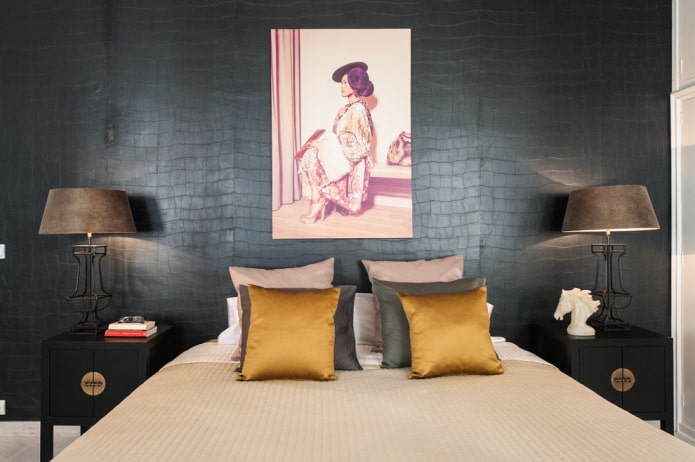
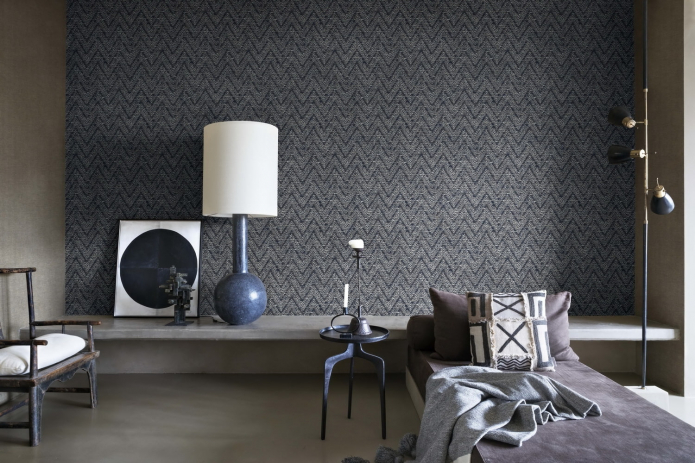

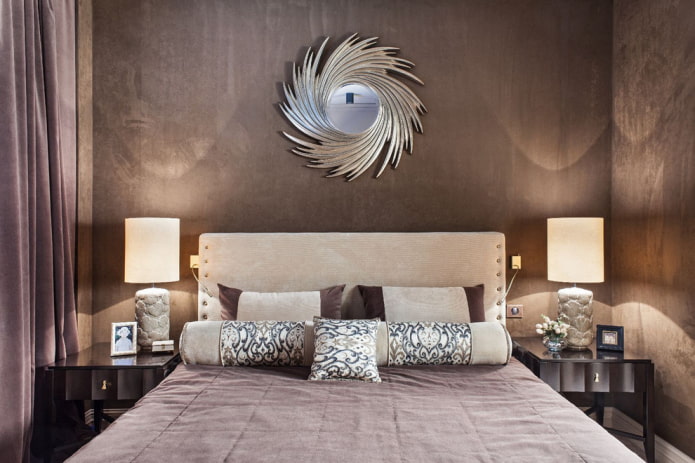
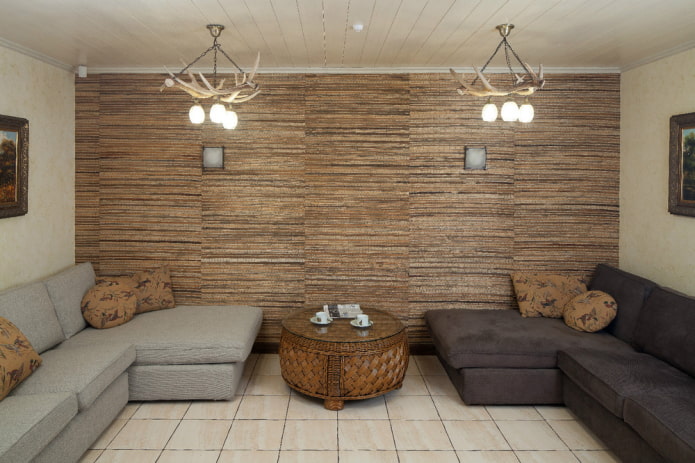
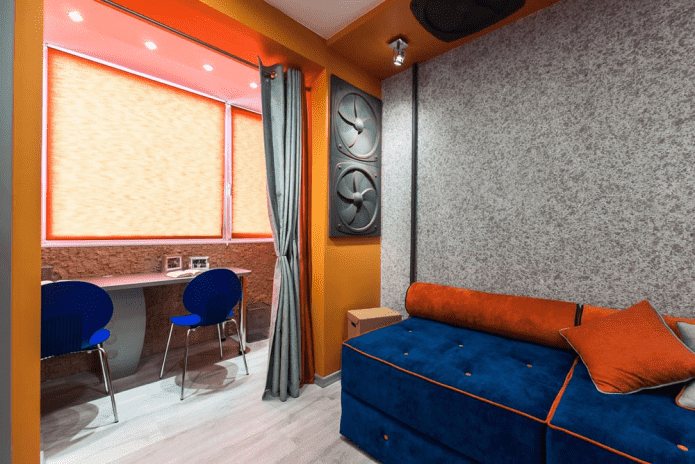
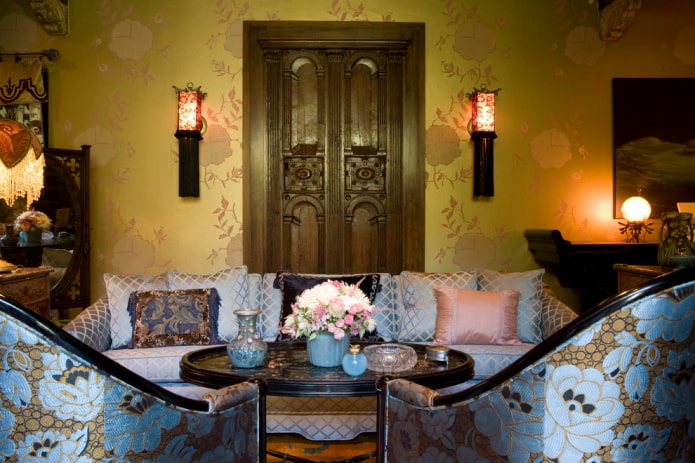
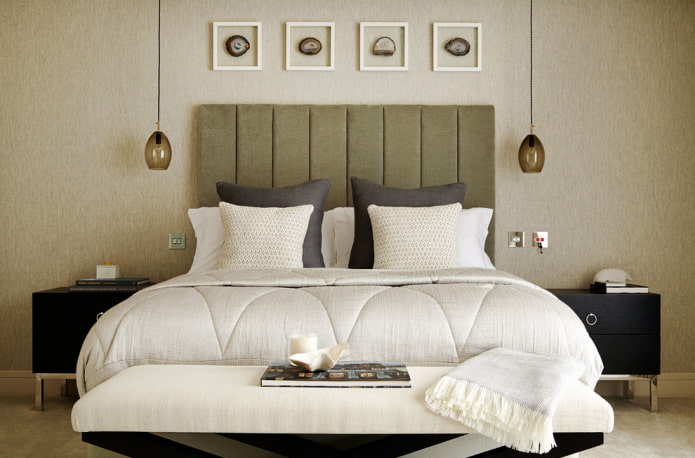
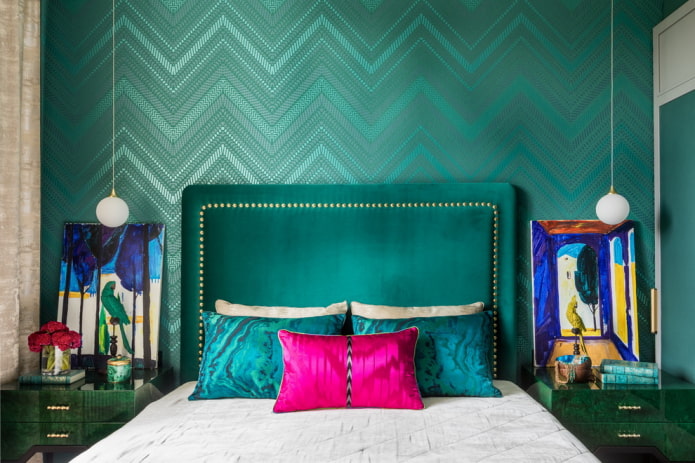
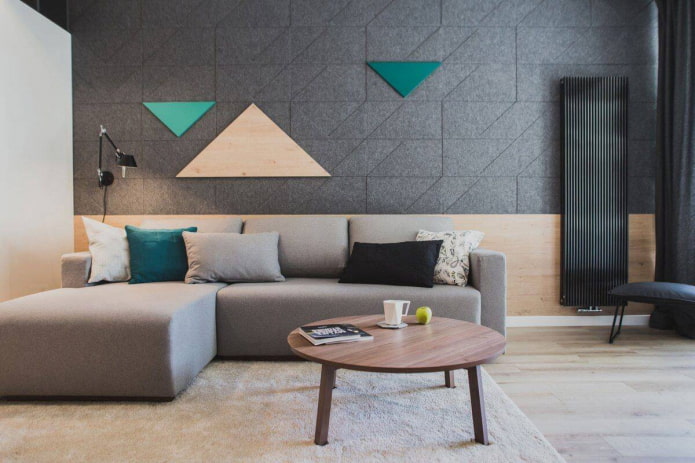
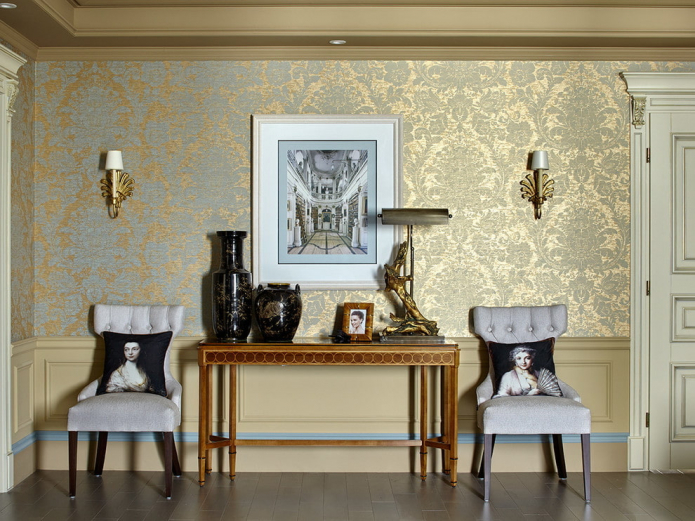
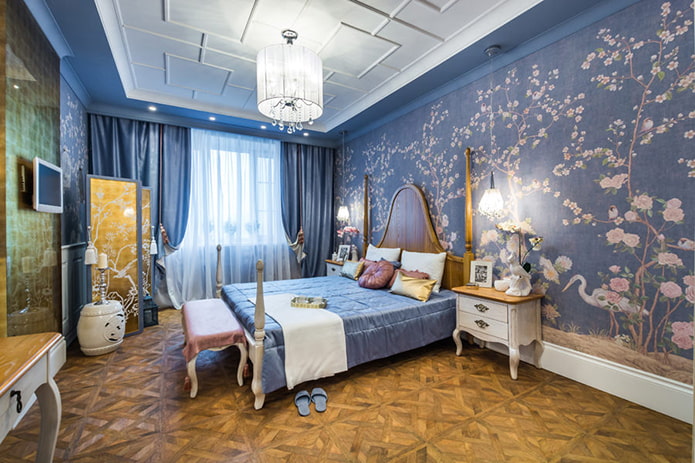


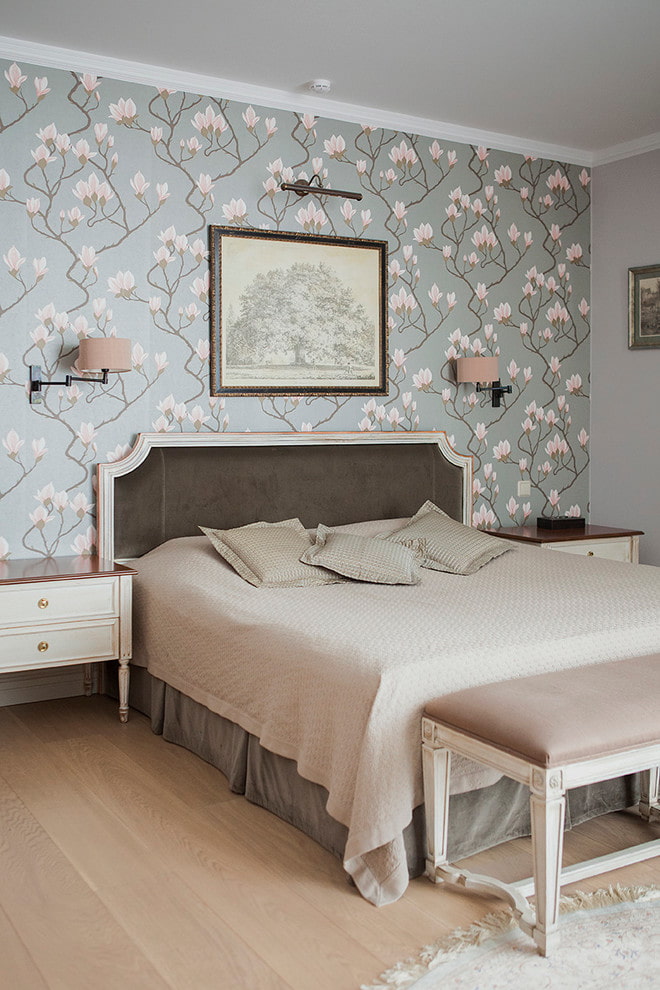
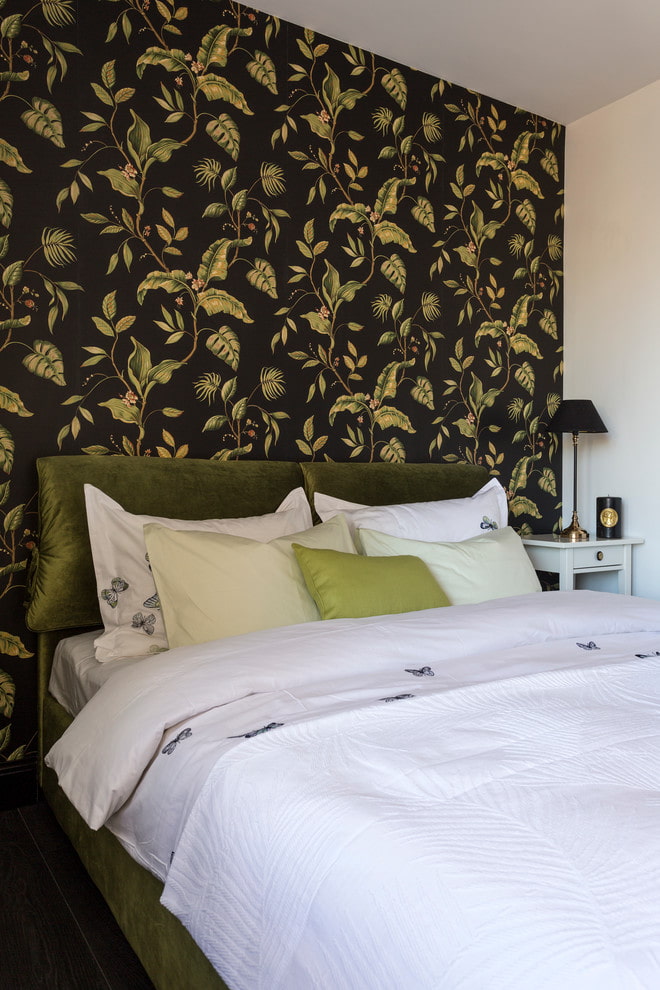
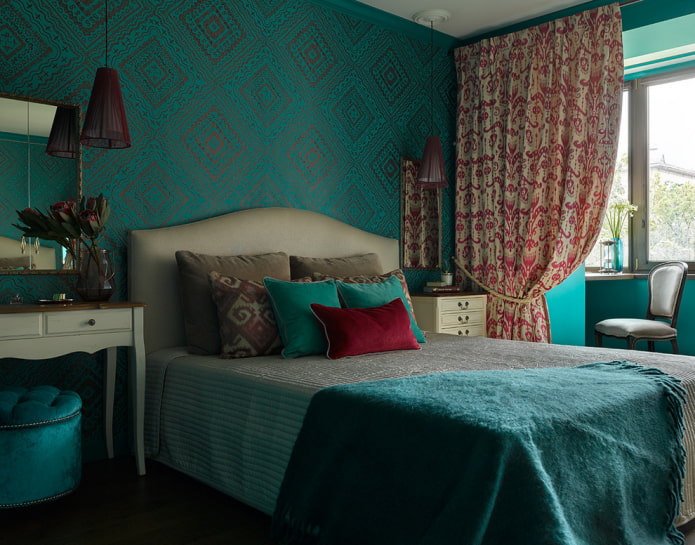


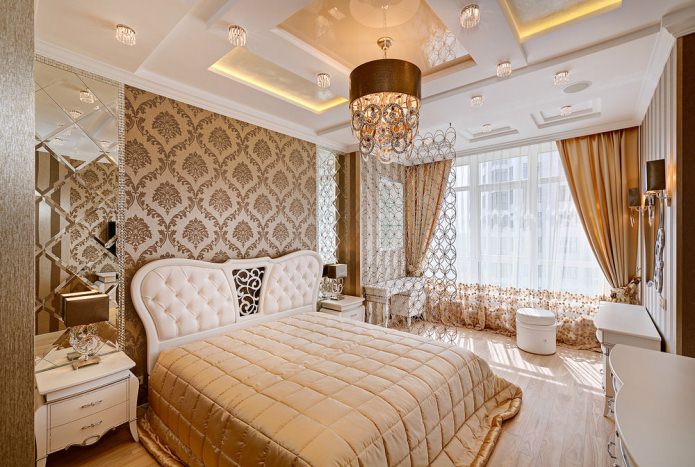
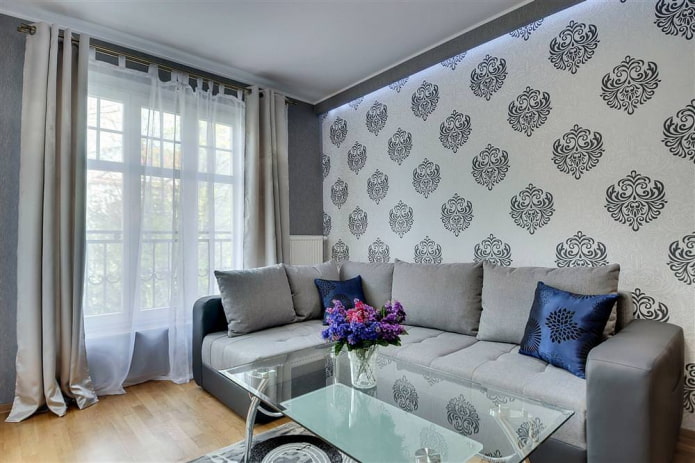
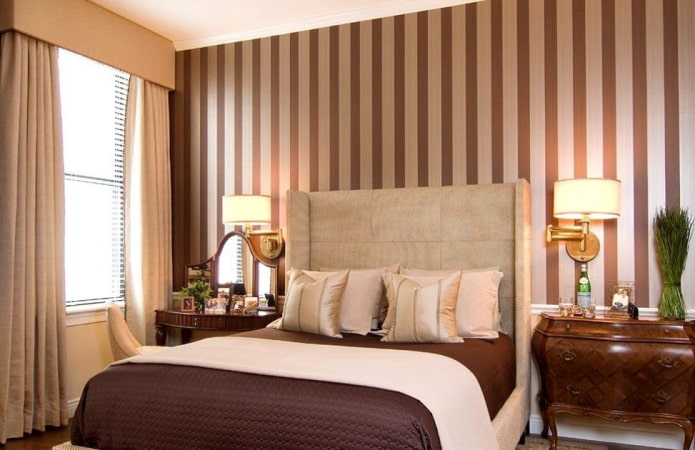
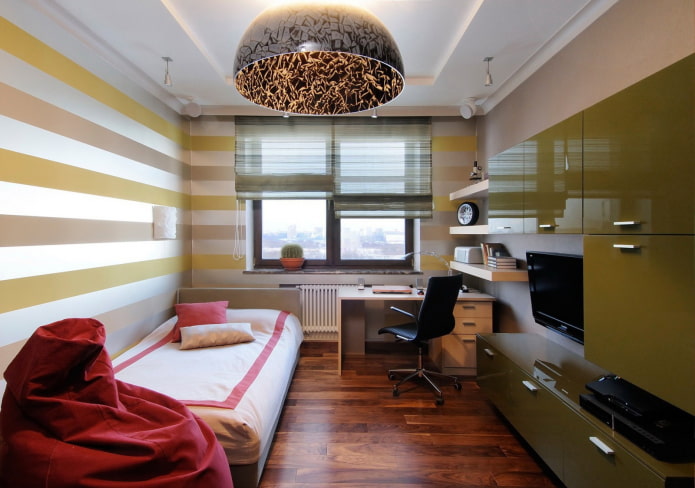
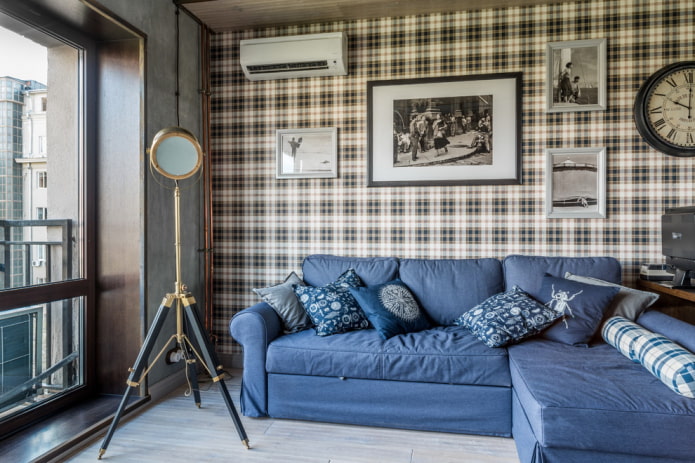


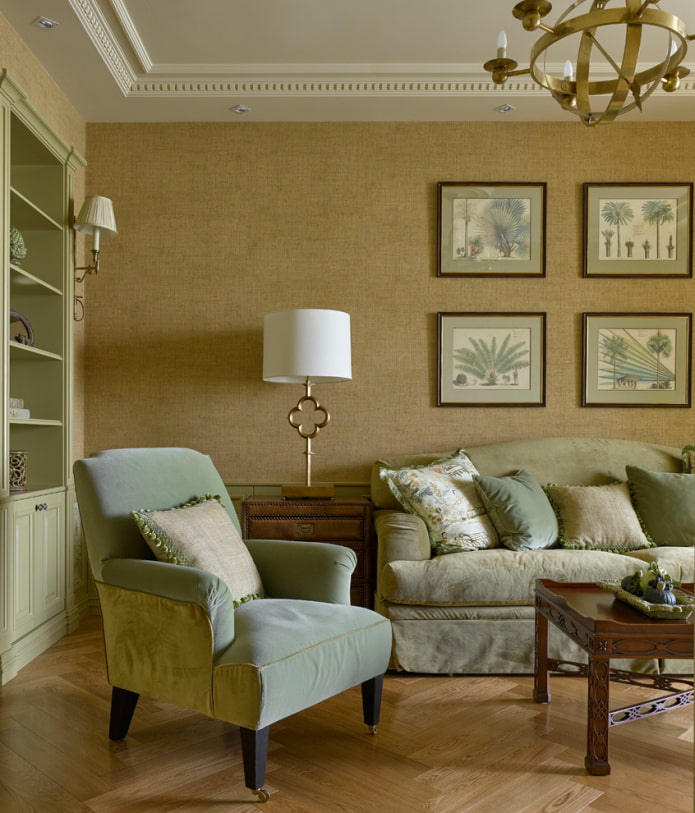
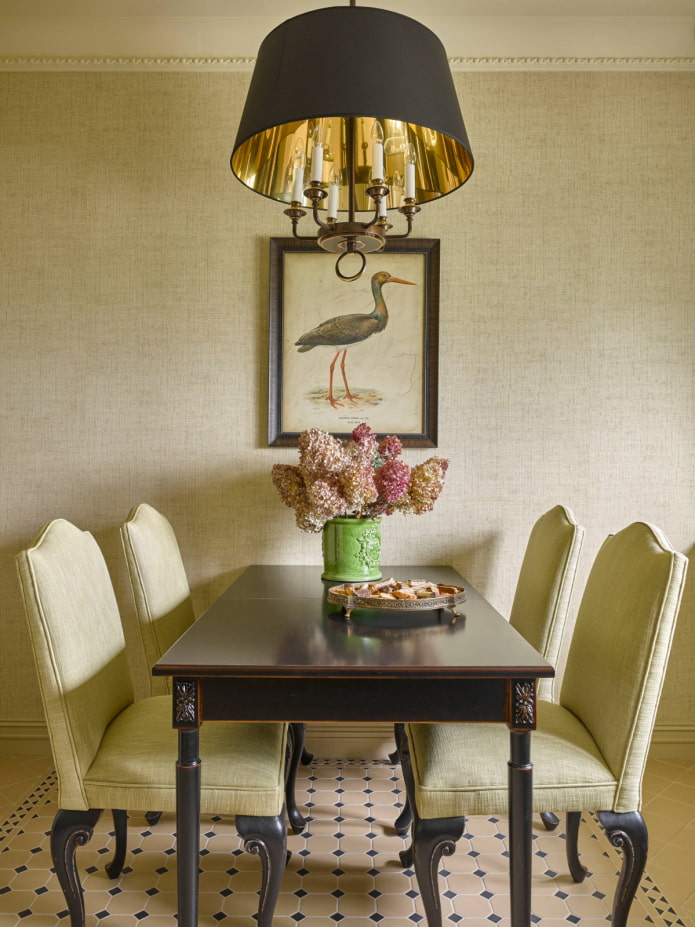
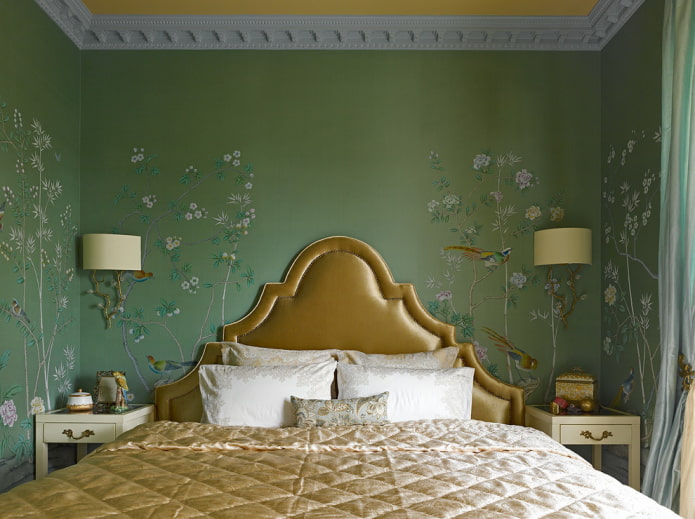

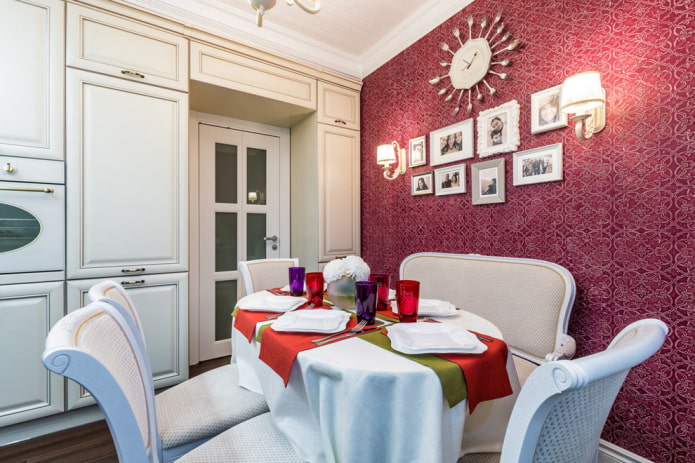
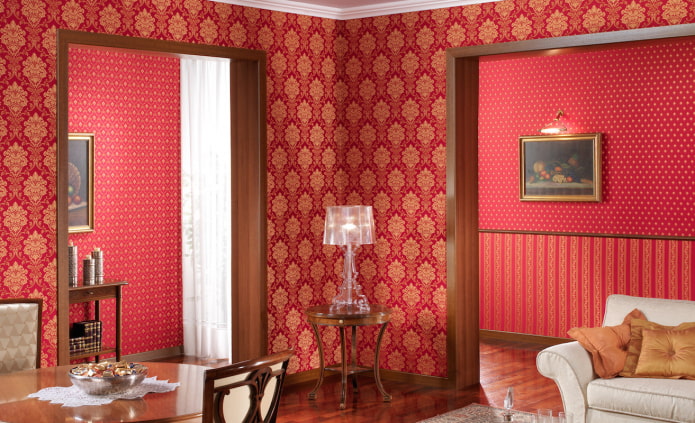
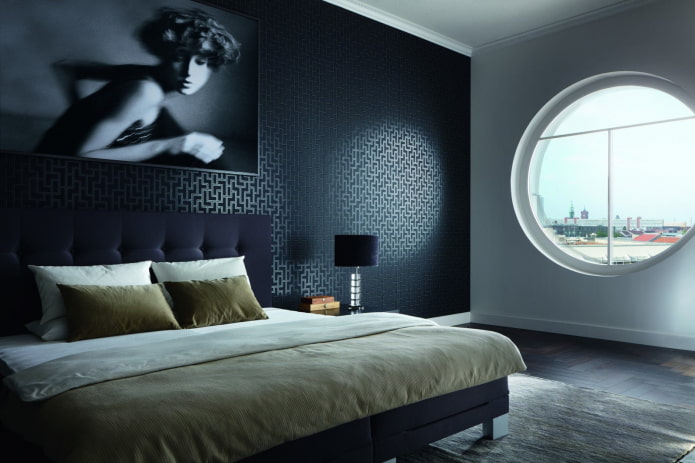
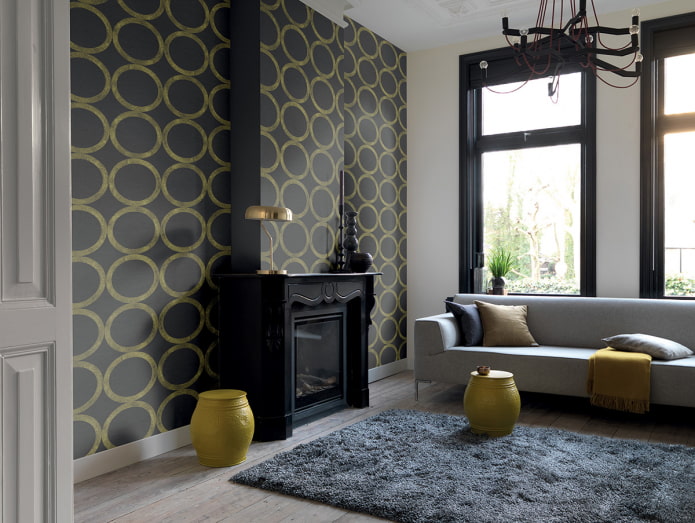
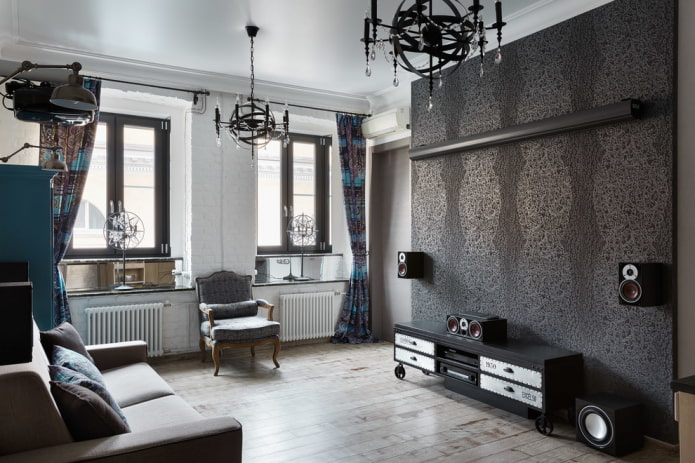
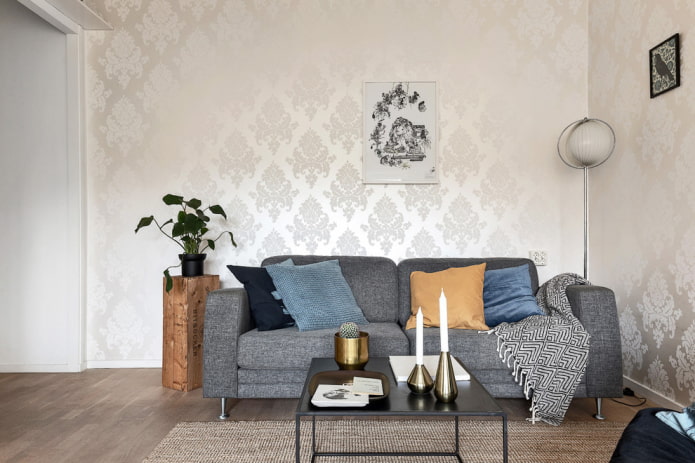

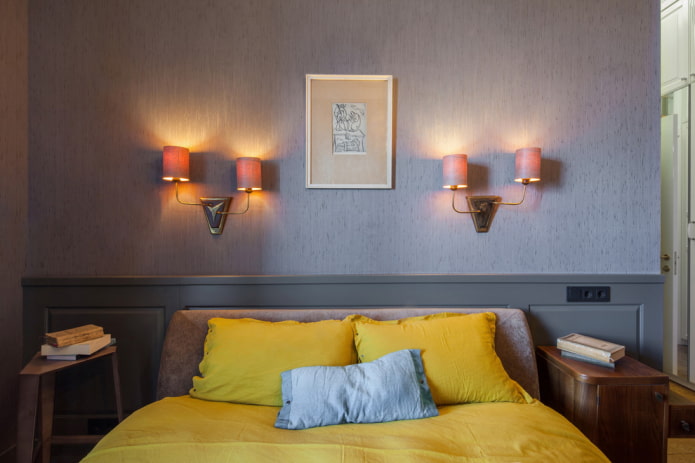
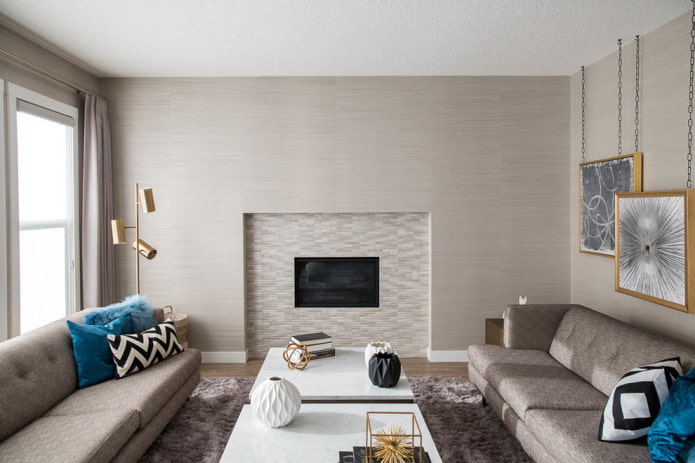
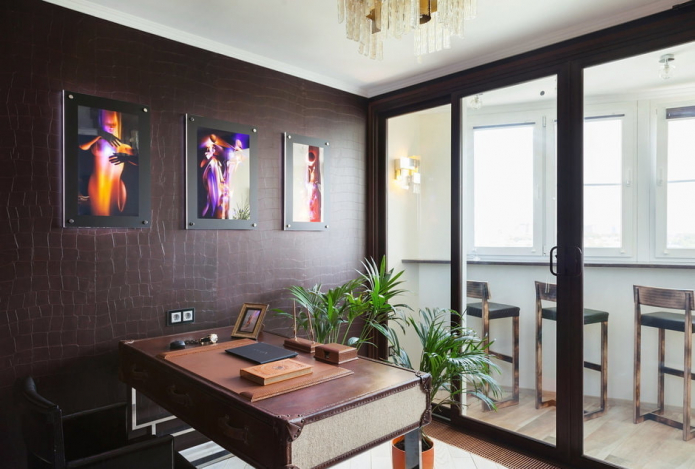
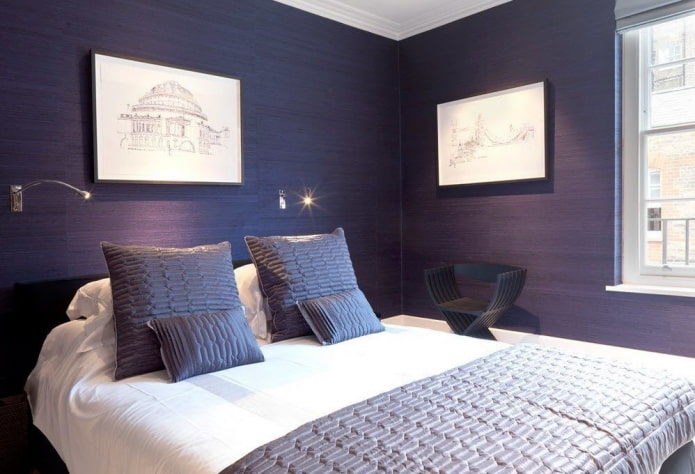

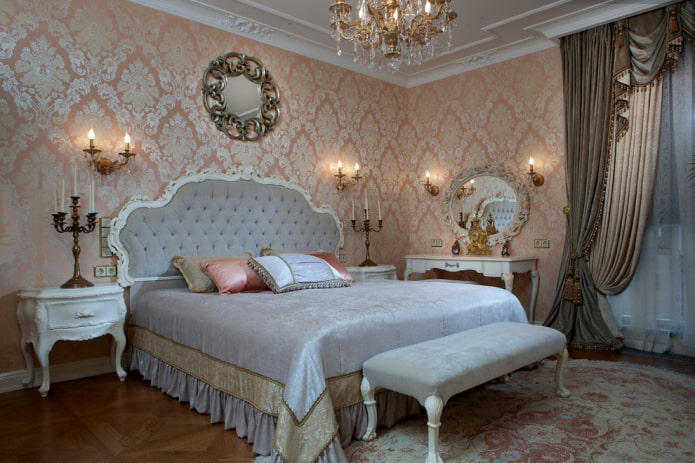
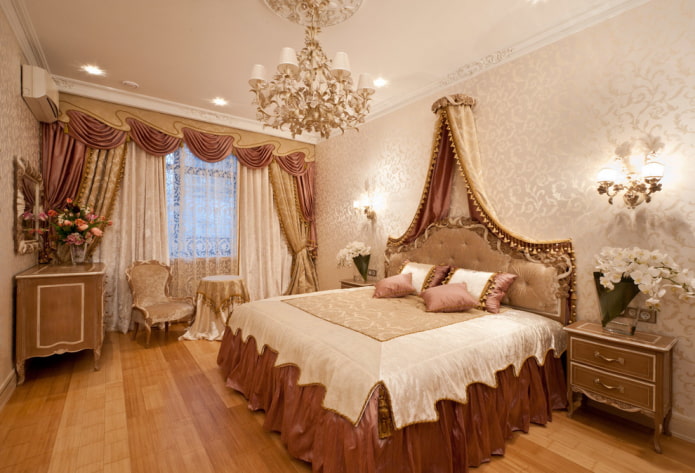
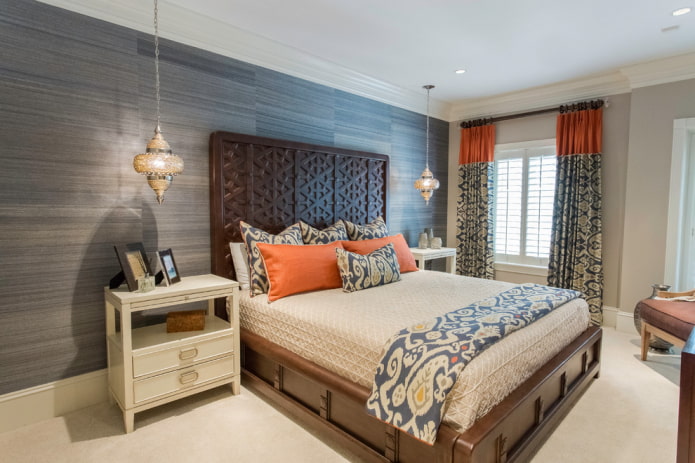

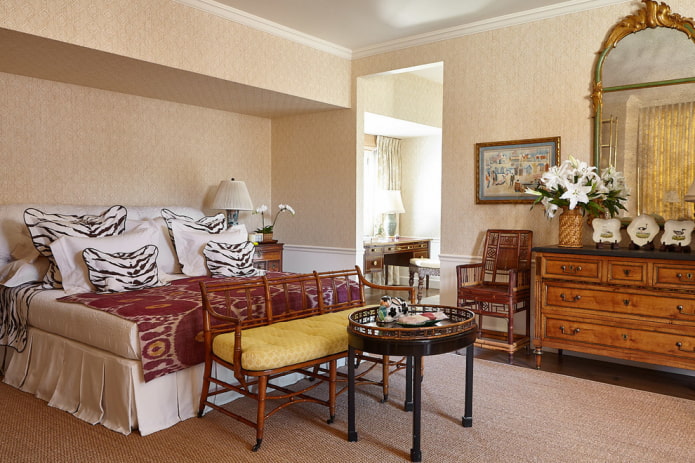
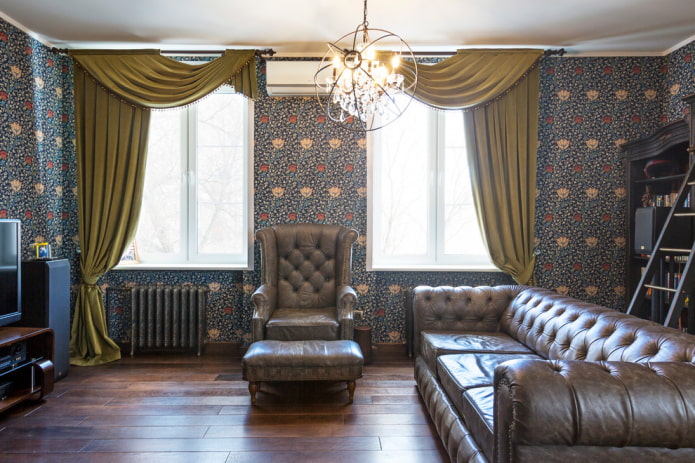
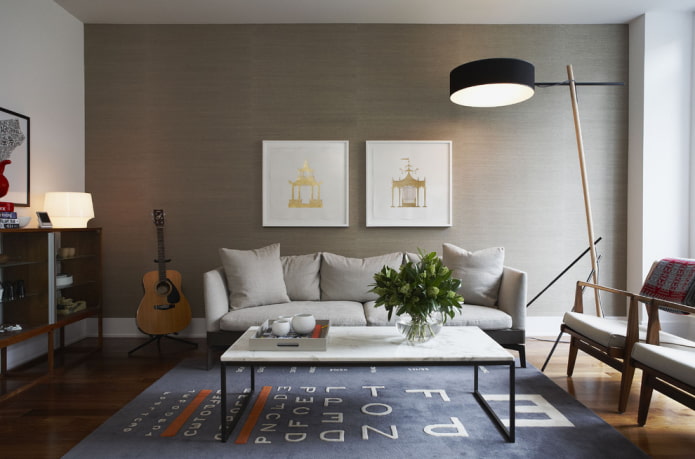



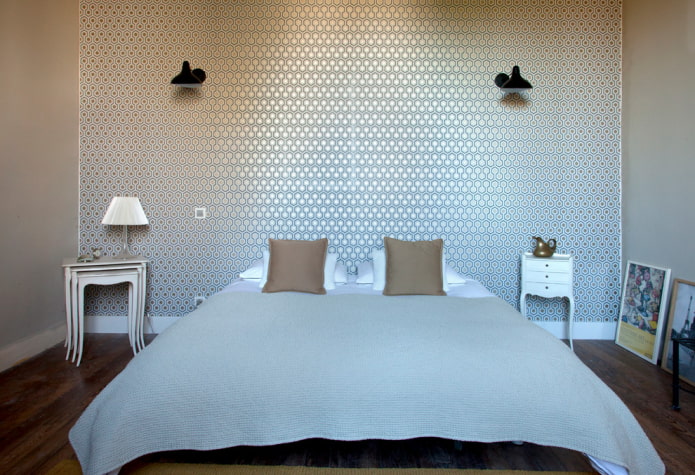

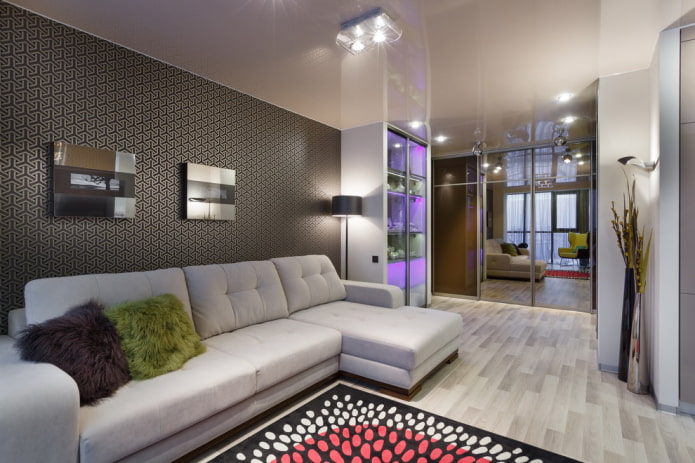
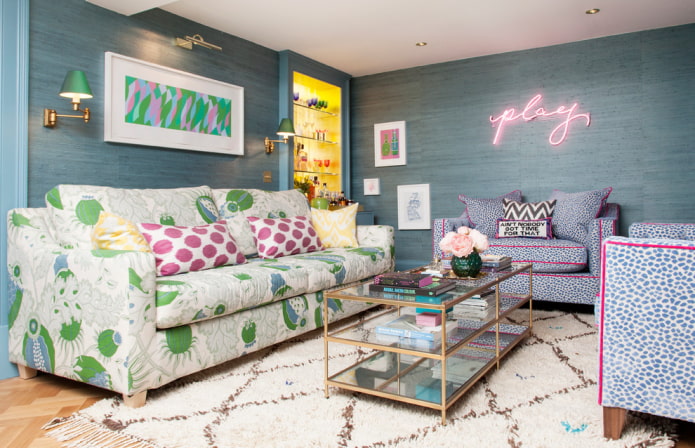
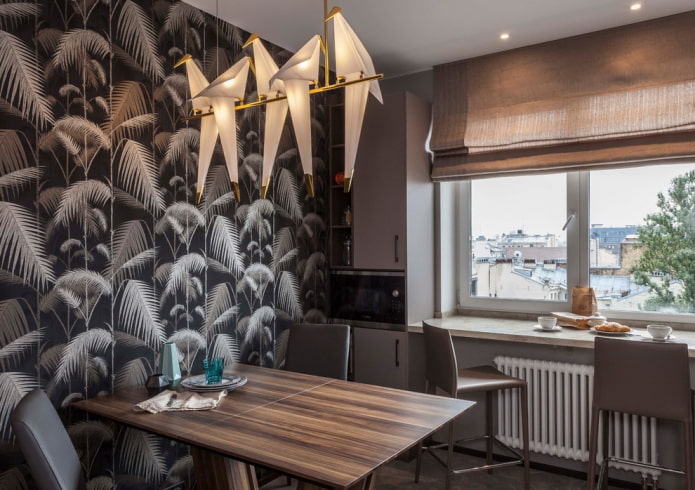

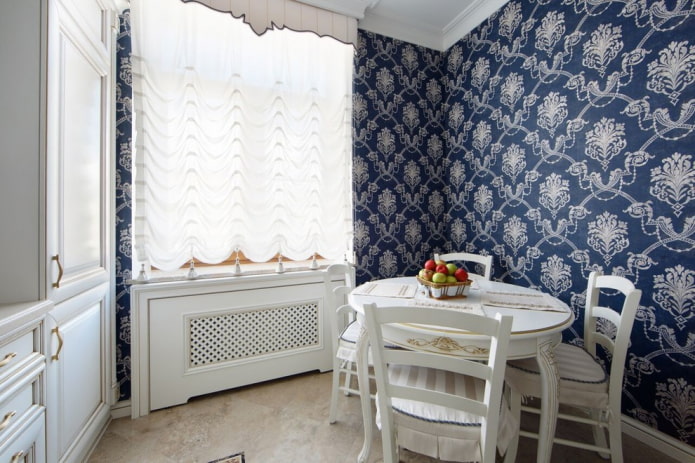

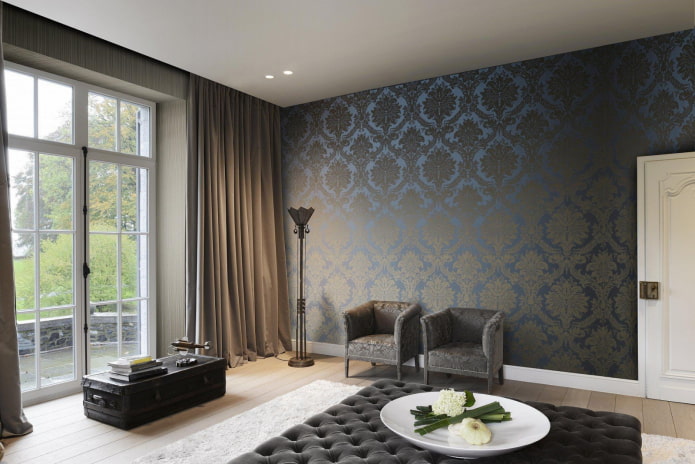
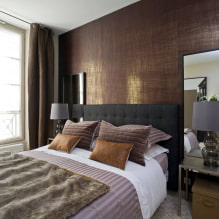
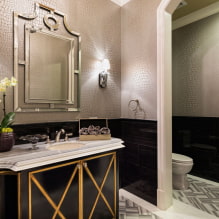
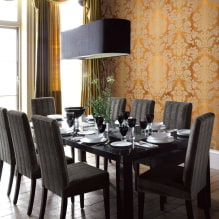
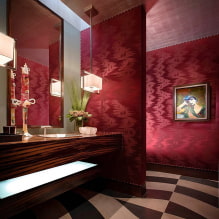
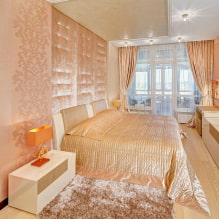
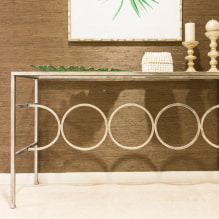
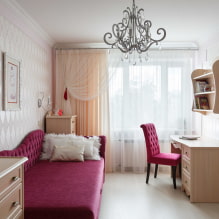

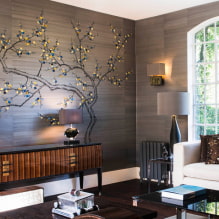

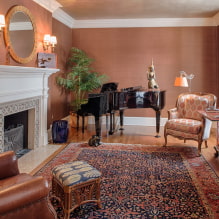
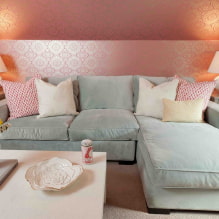
 13 bad habits a good housewife shouldn't have
13 bad habits a good housewife shouldn't have 24/7 home cleanliness - 4 secrets for the perfect housewife
24/7 home cleanliness - 4 secrets for the perfect housewife 6 hotels in Sochi that will give odds to the promoted foreign hotels
6 hotels in Sochi that will give odds to the promoted foreign hotels Top 10 interior design trends 2020
Top 10 interior design trends 2020 Rating of cheap TVs with Smart-TV
Rating of cheap TVs with Smart-TV New Year's LED garlands on AliExpress - we disassemble while it's hot, so that it's bright at home
New Year's LED garlands on AliExpress - we disassemble while it's hot, so that it's bright at home